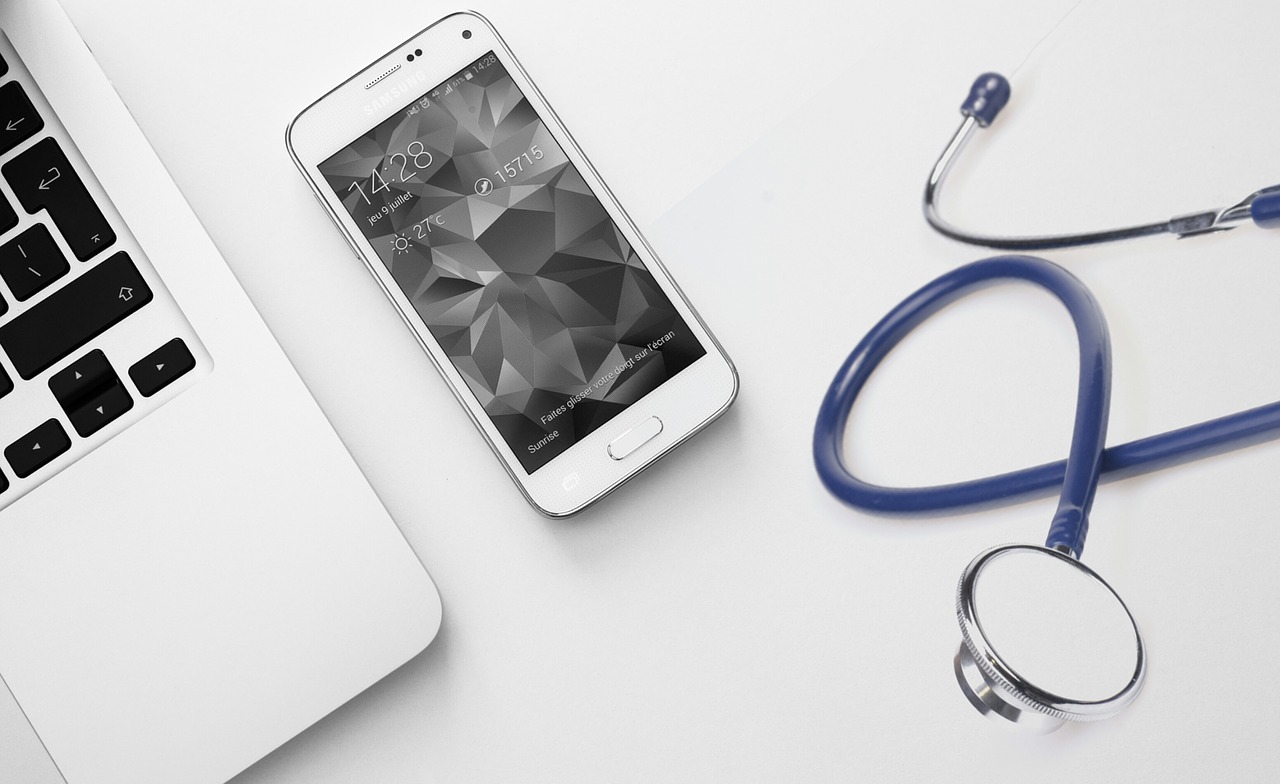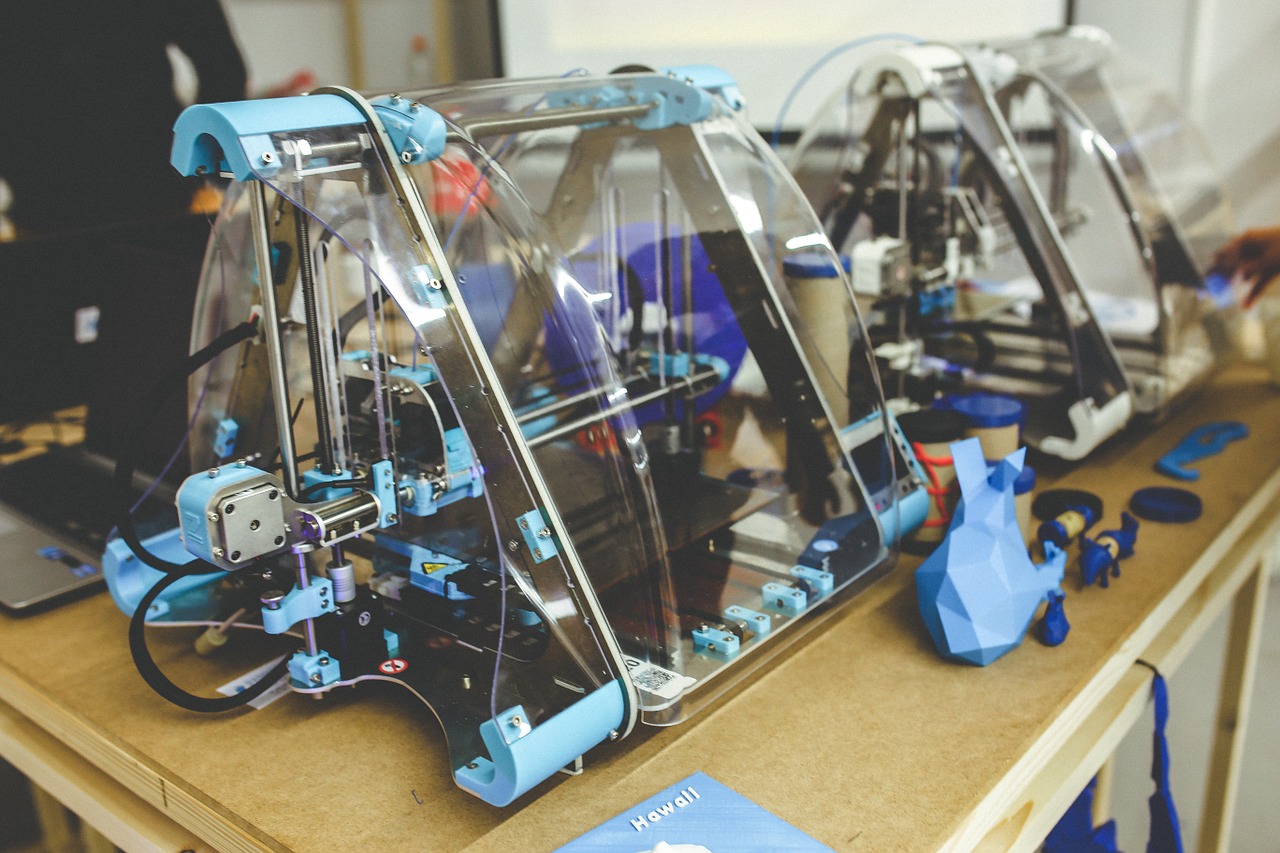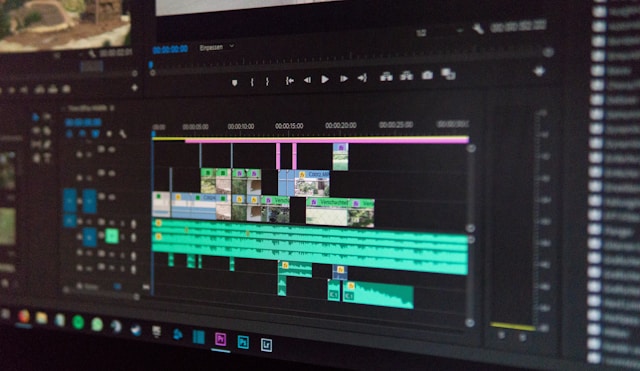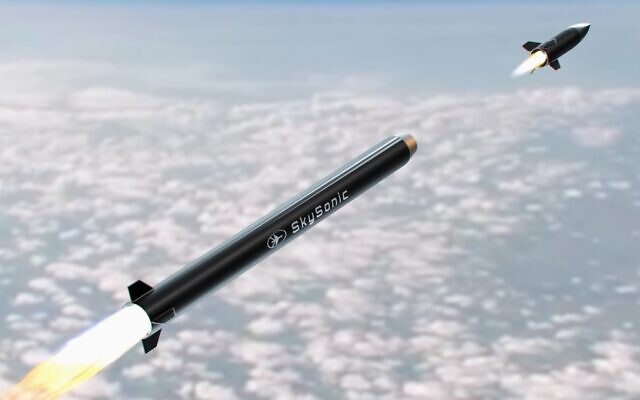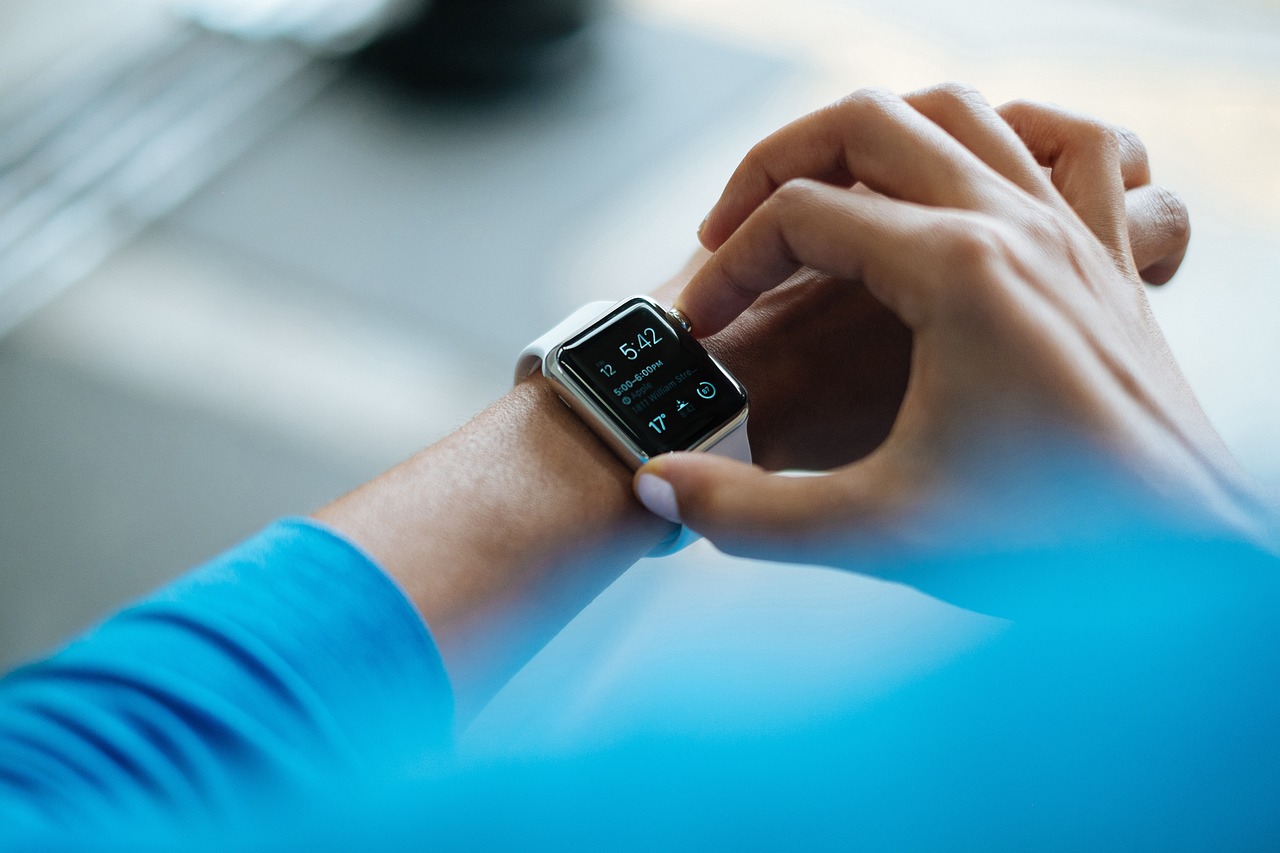A team of Japanese scientists from the Yokohama City University Hospital has developed facial recognition technology to develop an automated system that can predict when patients in the intensive care unit (ICU) are at high risk of unsafe behavior such as accidentally removing their breathing tube. The results showed a moderate 75% accuracy, but the application of sedation or the inadequately application of sedation has varied effects on the tested patients. Patients in the ICU are typically sedated to limit their pain and anxiety, allowing invasive procedures to improve their overall safety
The software application using logarithms learning tools, was tested on two dozen postoperative patients admitted to the ICU. Using images captured by a camera mounted above patients’ beds, roughly 300 hours of data were analyzed to locate daytime images of patients demonstrating good body positioning as well as clear views of those patients’ faces and eyes. The scientists then used 100 of those images to “train” the AI software model to identify high-risk behaviors.
The goal with this automated risk detection tool is to ultimately eliminate some of the challenges surrounding staff shortages in the ICU’s making post and pre-operative patients’ observations very difficult.
The results of the research were presented at this year’s Euroanaesthesia congress held in Vienna, Austria on the 1st to 3rd June this year.
“Using images, we had taken of a patient’s face and eyes we were able to train computer systems to recognize high-risk arm movement.” said Dr Akane Sato, the team leader at the Yokohama City University Hospital.
Dr Akane Sato also stated, “Various situations can put patients at risk, so our next step is to include additional high-risk situations in our analysis, and to develop an alert function to warn healthcare professionals of risky behavior. Our end goal is to combine various sensing data such as vital signs with our images to develop a fully automated risk prediction system.”
According to Dr Akane Sato more images of patients in different positions are needed but the facial recognition tool is the first step toward a smart ICU that is being planned for the hospital.

